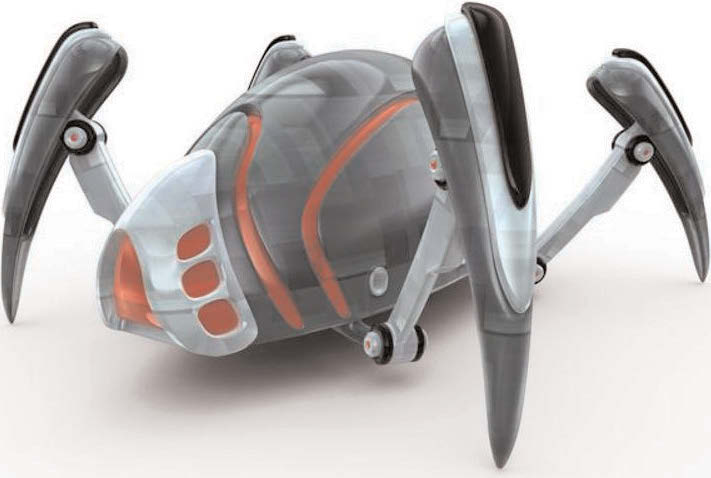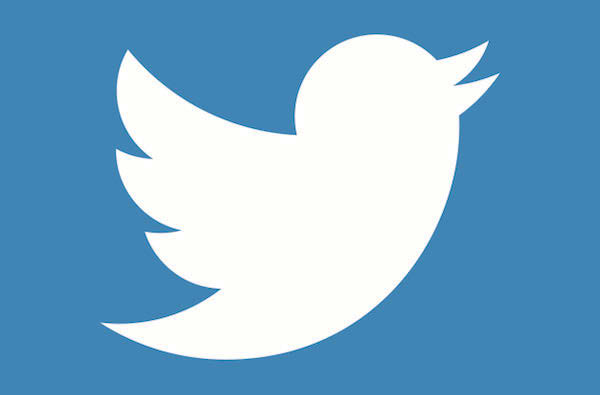
There was a time when hoverboards and robots were popularised by sci-fi movies as the technology of the future. Well, that future has now arrived. From robots taking over the world to bots akin to Samantha from the film Her (2013) in the offing, 2016 has enough to keep technology buffs excited.
Internet bots gain popularity
Internet bots are software applications that run automated tasks. Lately, companies have begun experimenting with more creative variants that help boost productivity and keep track of what others are doing. There is buzz on the web about Microsoft’s experimental Mandarin-language bot, Xiaolce, much like Samantha from Her. Experts also believe that 2016 is when bots will enter newsrooms to tag articles in real time, help users manipulate social media to their benefit, and even come to the aid of HR managers looking to train new recruits.
Modular phone hits shelves
Google’s Ara project aims to create a smartphone made up of several pieces, each corresponding to one of the components of the phone: processor, memory, camera, microphone, 3G chip. In early 2015, a prototype, referred to as Spiral 2, was presented that was supposed to be sold in several test markets. However, the heads of the project ultimately pushed its launch to 2016, explaining via Twitter that it required more tests and simulations than expected. The phone in expected to finally see the light of day this year.
Homing in
From shopping malls and hotels to museums and airports, Bluetooth-powered beacons have slowly gained popularity in the real world. These devices track the location of a
smartphone or a smartwatch, and send real-time notifications. Experimental in 2015,
these beacons are all set to go mainstream in 2016, offering tailored deals and personalised messages to the user as well as the next level of marketing and promotions to companies.
RIP password
The transition started in 2015, and this could be the year when the world finally does away with the password. With biometrics catching on with the makers of smartphones, laptops and tablets as well as the buyer, eye scans and fingerprint sensors are set to become the norm. So, the time to remember multiple passwords for various digital accounts could soon be a thing of the past.
Bio-ware
After years of discussion on whether or not they will make a mark, wearables finally arrived on the technology scene in 2015, with sales growing phenomenally. Experts believe that biosensing wearables, the next generation that will be used to track heart-rates, fitness levels, body temperature and a whole lot more, could slowly start gaining momentum in 2016. Research and experimentation has already started for smaller, lighter, and more efficient devices. The emerging concept has already attracted many major companies: Chaotic Moon is developing a temporary tattoo called Tech Tats. Containing electronic components, including a microcontroller and LED lights, it can detect if you’re stressed and monitor blood pressure, and then transmit all that data through electroconductive paint.
Print run
Last year was a turning point for 3D printers, with the biggest growth in printers that retail for under USD 1,000 (approx. Rs 66319.95). High-quality products, like the Dremel Idea Builder, became available at competitive prices. Manufacturers like the German 3D Freesculpt or the American XYZprinting launched inexpensive models, and brands like Discovery 200 even cut their prices. But in 2016, according to research company Gartner, around 4,96,475 3D printers are projected to be sold globally, which is more than double the forecast for 2015.
So smart
Virtual assistants on today’s smartphones are smarter than ever before. But the Siris, Cortonas and Google Nows of the mobile world still have to be told what to do before they start working on a task. However, research has already started on AI
(artificial intelligence) advances that will allow virtual assistants to understand tasks we’re working on. In fact, Hsiao-Wuen Hon, corporate vice president of Microsoft Research Asia, has said that 2016 will see “significant adoption of artificial intelligence for personal assistant services”.
Robots take over the world
Task-oriented robots assigned to take over household chores, such as lawn mowing or vacuum cleaning, are set to become increasingly popular over the next few years, according to figures from Juniper Research. And with Softbank’s Pepper, Buddy from Blue Frog Robotics and other robots set to become more widely available in 2016, more consumers could be open to welcoming robots into their homes.




Be the first to comment